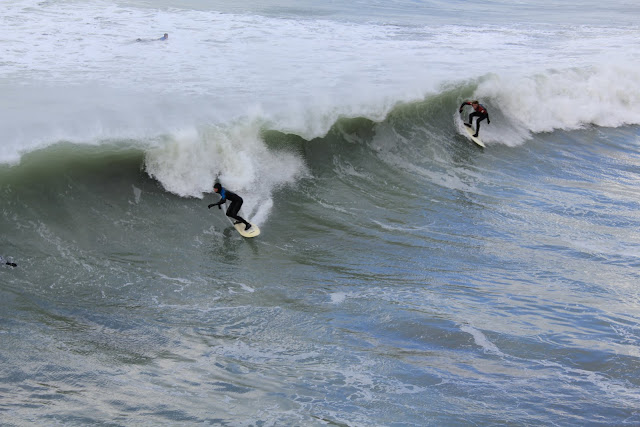Tui on a Kowhai at Ross. All bird photos : Kira McKerrow
 A pilgrimage to Arthur's Pass is something I do every trip and look up at Rolleston and say a silent prayer to John Harrison, Bruce Ferguson, Colin Robertson, Michael Harper and Jeffrey Wilby who died in the winter of 1966 in that terrible tragedy. and think of the bravery of rescuers Peter Squires, Ian Gardiner and Hans Bohney who received the Royal Humane Society medal for their efforts. New Zealand mountaineering came of age in that fateful winter of 1966.
A pilgrimage to Arthur's Pass is something I do every trip and look up at Rolleston and say a silent prayer to John Harrison, Bruce Ferguson, Colin Robertson, Michael Harper and Jeffrey Wilby who died in the winter of 1966 in that terrible tragedy. and think of the bravery of rescuers Peter Squires, Ian Gardiner and Hans Bohney who received the Royal Humane Society medal for their efforts. New Zealand mountaineering came of age in that fateful winter of 1966. I always visit the three peaks I have climbed, guided and rescued on more than any peaks in NZ: Haast, Lendenfeld and Tasman. Photo: Bob McKerrow
Is there any better mountain view from Franz Josef township, than Elie de Beaumont from Canavan's Knob ? Photo: Bob McKerrow
And, further south of Franz Josef, the seldom explored valleys of misty South Westland. Photo: Bob McKerrow
The Waiho River which drains the Burton, Spenser, Callery and Franz Josef glaciers which I could see from my bedroom window when I lived at Franz Josef in the early 90's. Photo: Bob McKerrow
ADDENDUM: Chris Jillet on the summit of Mt. McFettrick, at the head of the Tatare valley, Westland National Park in 1991. I wrote an article in either the 1991 or 1992 NZAJ on this ascent. Chris and I were accompanied by Ed Cotter and Mike Browne, and I remember the four of us sitting in a high camp under McFettrick gazing across at the Maxmillian ridge of Elie de Beaumont, and Ed Cotter describing the route he did with Ed Hillary 50 years earlier.Photo: Bob McKerrow.
This post has been about places of pilgrimages, that I make on my return to NZ each year. At the forefront of my mind is thoughts and nmemories of those climbing partners who I spent so many happy weeks with in the hills. Quite a few have died. Gollum and Donald have both made reference to Chris Jillet, and surprisingly, we have all climbed with him in at different times. I post this photo to honour a wonderful mountaineer and a superb human being.
Gollum, Donald and others, what do you think about dedicating a blog to Chris Jillet where we can post photos and articles about this ? Bob





















































